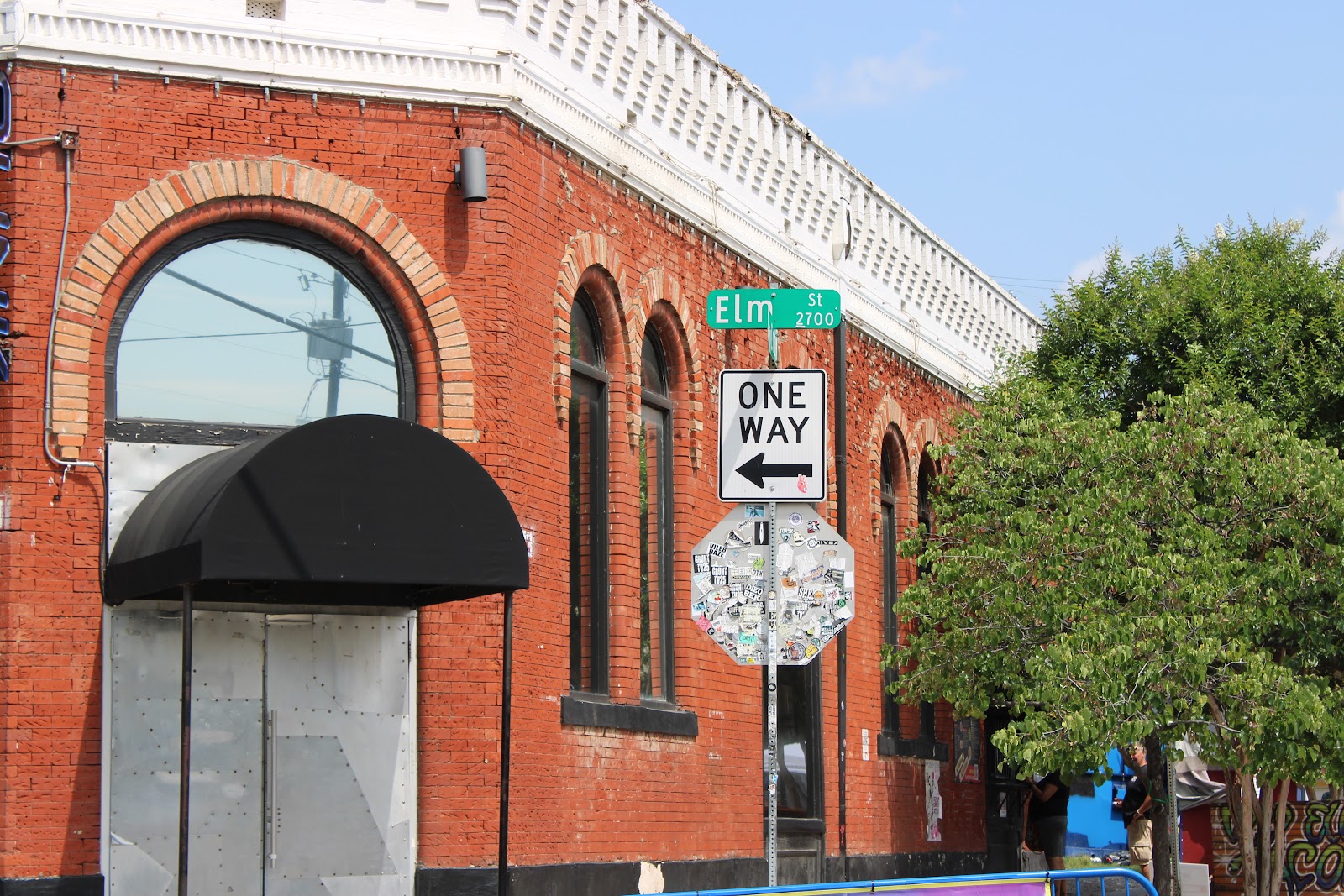The present conditions in the Dallas/Ft.Worth Metroplex is danger on the roads. Stay off the roads if you don't have to be out. There is between 0.5 of an inch to 1-inch of sleet and ice on the roads. The temperature is in the twenties so any melting from the pre-treating of brine and later the spreading of sand on the roadways has made for slick black ice driving
If you have lived up north, especially in the snow-belts around the Great Lakes, from northern Minnesota to upstate New York on down to the eastern seaboard, you would want to laugh at a little bit of ice on the roads here in Texas. As every one knows, the roads are not "salted" here in Texas. The next big question that every one ask next is: why? That's a simple question but has a much more difficult answer. Some of it is technical. Some is financial. Some is political. Some is just plain stubborn thinking. When you get right down to it, however, the answer lies in basic physics and chemistry.
Concrete is one of the marvels of man-made useful products. It's contents are found in nature and in abundant supply. It's easy to make in large quantities. It's also very porous. That means liquids will be soaked up by the material. While that isn't a large-scale problem on roadways up north, it is here for two additional reasons. Most roadways up north are asphalt, but mostly concrete in Texas. Again, the why question pops up. Well, asphalt does not work so well in Texas sun when temperatures hit 100 plus during the summers. Although, there is new asphalt technologies helping that problem somewhat.
Concrete when exposed to the corrosive nature of salt wears concrete down much faster, especially when it is in bridgework, flyways and multi-level ramps. Gravity even helps the aging process along even more rapidly than on roadways.Have you ever seen an asphalt support column holding up an overpass? No, and I don't think that you will, either. All that concrete needs reinforcing bar to strengthen the concrete structure. You don't have rebar in the asphalt roadways but you do in the bridgework over topographical elements roadways over valleys, rivers, railroad tracks and other criss-crossing roadways etc.,etc.Then, there is the hundreds of miles of open roadways from one side of the state to the other that requires concrete roadways and that requires reinforcing bar as well.
While rebar is not always "blue" when used in roadway and bridge construction, "rust" is not a cause for rejection on such projects. In fact, rust has an adhering effect to concrete. Yet, the government and state departments of transportation require a rubberized coating called "epoxy" on rebar used on federal and state highways financed with federal construction dollars. Not only does it run up the cost of the rebar significantly, it also doesn't stop the concrete from creating weak spots around the rebar and with heavy traffic over bridges, gravity takes it toll on big chunks of concrete falling onto the roadways below. That is a life-threatening situation that is a totally undesirable situation.
The next thing to consider is that here in Texas, the big bottle necks occur on the three,four and even five tier high roadway interchanges and the more numerous one and two tier roadways. Dallas has some 5,000 bridges or more while Ft. Worth has some 3,000 plus bridges. That is far more bridges per square mile than most major cities in the US. When TxDot builds or re-engineers a major interchange, the cost of those products can be one-billion plus dollars. In the last 15 years in north Dallas, I have seen more than a hand-full of these construction projects. The projects are not really upgrades, rather they are major re-engineered or totally new and this is just catching up with the growth while planning into the future 50-years or so.The growth rate for the Metroplex has been reported as adding a minimum of 1,000 new residents per day. In the last 15-years, I have seen major stretches of farm land for miles become solid-rooftops with a distance between homes being about the width of the average subcompact car.
 |
| Reinforcing Bar without Epoxy Coating |
 |
| TexDot puts the bridge population in the Metroplex at 7500 and counting! |
There are also reports that developers are now within 25-miles of the Red River! Before that happens however, I see east, west and southern growth taking over more that what I see currently.
Rock salt on that many bridges and 14-16 lane roadways would break-the-bank in maintenance alone. So, take the little wintery mix and stay home and enjoy the fireplace or just read a good book! It all makes sense to me now and I'm not ready to see rock salt on my car any time soon!








